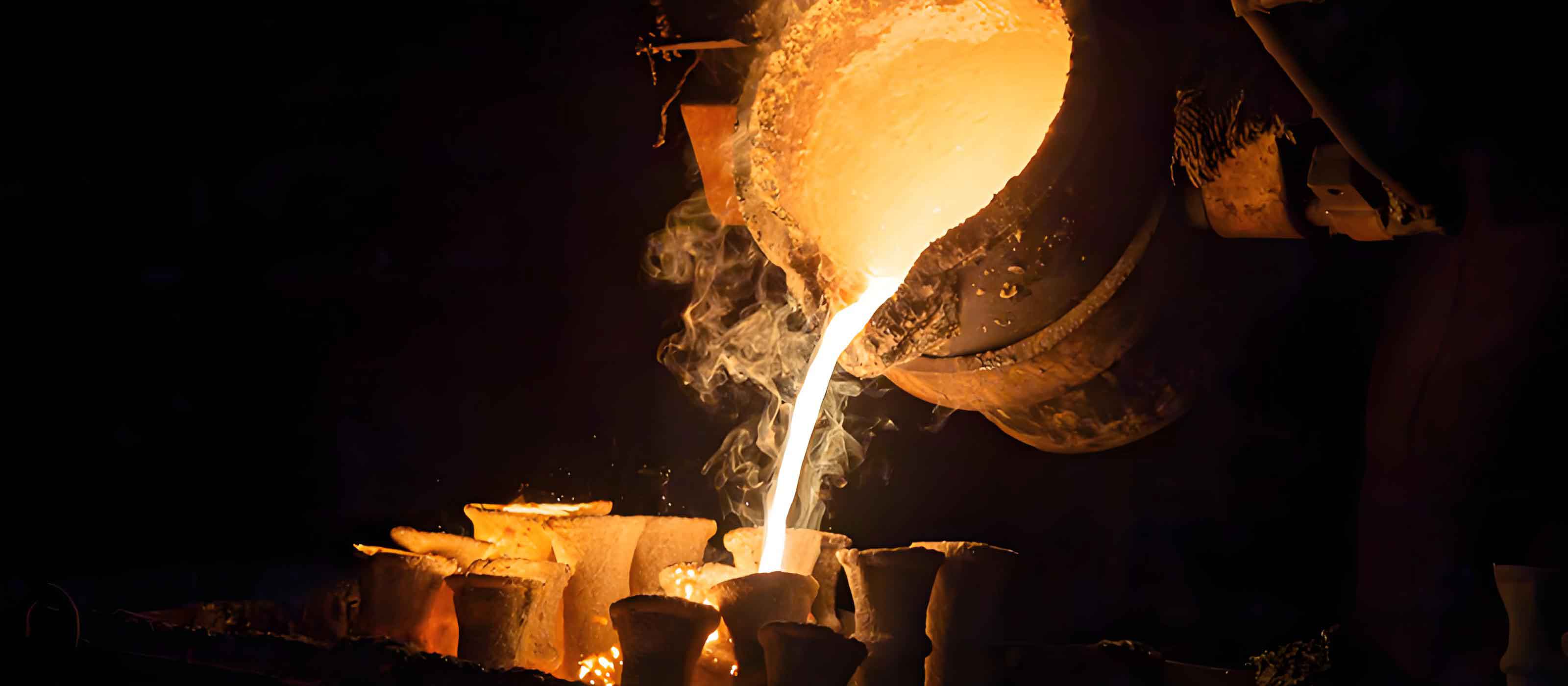
Introduction
Lost wax casting, an age-old and highly sophisticated manufacturing technique, has been employed for centuries to create intricate and precise metal objects. This process holds the key to crafting works of art, functional components, and industrial parts with exceptional quality and detail. In this comprehensive exploration, we will delve deep into the secrets that underlie high-quality lost wax casting, uncovering the nuances and steps involved in achieving outstanding results.
The History and Significance of Lost Wax Casting
Lost wax casting has a rich history that dates back thousands of years. It has been used by ancient civilizations to produce exquisite jewelry, sculptures, and tools. The technique’s ability to capture fine details and complex geometries made it highly valued.
Some notable examples of lost wax casting throughout history include:
- Ancient Egyptian jewelry, which showcased intricate patterns and designs.
- Greek and Roman sculptures that displayed remarkable lifelike qualities.
The Process of Lost Wax Casting in Detail
The lost wax casting process involves several meticulous steps:
- Pattern Making
- The first step is to create a pattern, usually made of wax. This pattern is a precise replica of the desired final product.
- The wax can be hand-carved or created using advanced techniques such as 3D printing.
- Investment or Mold Making
- The wax pattern is then surrounded by a refractory material, such as plaster or ceramic, to form a mold.
- This mold is heated to harden and solidify the investment material.
- Melting and Pouring
- The wax is melted and drained out of the mold, leaving a cavity.
- Molten metal, typically bronze, gold, or silver, is poured into the cavity.
- Cooling and Solidification
- The metal cools and solidifies within the mold.
- Mold Breaking and Cleaning
- Once the metal has solidified, the mold is broken open to reveal the cast part.
- The part is then cleaned and finished to remove any excess material.
Factors Affecting the Quality of Lost Wax Casting
Several factors play a crucial role in determining the quality of the final cast:
- Quality of the Pattern
- A well-crafted and detailed wax pattern is essential for achieving a high-quality cast.
- Any imperfections or inaccuracies in the pattern will be replicated in the final product.
- Investment Material
- The choice of investment material and its proper application affect the mold’s integrity and the final surface finish.
- Metal Composition and Temperature
- The type and purity of the metal used, as well as the pouring temperature, impact the cast’s mechanical properties and microstructure.
- Venting and Pouring Techniques
- Proper venting of the mold allows gases to escape during pouring, preventing defects.
- The pouring speed and method also influence the quality of the cast.
Advantages of High-Quality Lost Wax Casting
High-quality lost wax casting offers numerous benefits:
- Complex Geometries
- It enables the creation of highly complex and intricate shapes that are difficult to achieve with other manufacturing methods.
- Fine Details
- Allows for capturing minute details, resulting in highly detailed and aesthetically pleasing products.
- Material Versatility
- Suitable for a wide range of metals, providing flexibility in material selection based on the application’s requirements.
- Customization
- Facilitates the production of customized and one-of-a-kind pieces.
Challenges and Limitations of Lost Wax Casting
Despite its many advantages, lost wax casting also presents certain challenges:
- High Costs
- The process can be expensive, especially when dealing with precious metals and complex designs.
- Long Lead Times
- Multiple steps and the time required for each can result in longer production cycles.
- Skill and Expertise Requirements
- Skilled artisans and technicians are needed to ensure quality throughout the process.
Case Studies of High-Quality Lost Wax Casting
Let’s take a look at some real-world examples of high-quality lost wax casting:
| Project Name | Application | Key Features | Challenges Overcome |
|---|---|---|---|
| Art Sculpture “Harmony” | Artistic display | Intricate detailing, seamless form | Achieving perfect balance and symmetry |
| Aerospace Component | Aircraft engine | High precision, heat resistance | Meeting strict aerospace standards |
Conclusion
High-quality lost wax casting remains a remarkable manufacturing process that combines artistry and engineering. By understanding and mastering the secrets of this technique, manufacturers can produce exquisite and functional metal products that meet the highest standards of quality and design. Continued innovation and improvement in the lost wax casting process will undoubtedly unlock even more possibilities in the world of manufacturing and design.
The journey of uncovering the secrets of high-quality lost wax casting is an ongoing one, as new materials, technologies, and techniques emerge. However, the core principles and the dedication to excellence will always remain at the heart of this timeless process.
